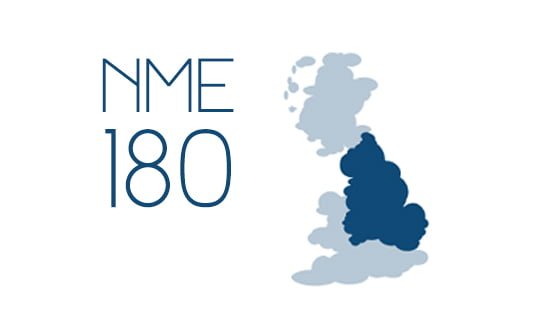The next ten NHS trusts that commit to take Lorenzo from CSC under the firm’s new National Programme for IT in the NHS deal will each get a signing-on bonus of £1m for implementation expenses.
The £1m would be in addition to up to £4m that eHealth Insider understands each trust that takes Lorenzo can call on for deployment and training costs under the new interim agreement between the Department of Health and CSC. This would mean that ten trusts could claim up to £5m each.
CSC believes the new incentive programme, open to trusts in the North Midlands and East of England, will be fully subscribed and result in some trusts axing current procurements to take advantage of the offer.
CSC has written to every trust in the NME informing them of the ‘incentive fund’, and strategic health authorities and NHS Connecting for Health are promoting the scheme.
September’s interim agreement removed the DH’s volume commitment for dozens of trusts to take Lorenzo.
To make the agreement work, CSC and the DH now need to build a committed pipeline of NHS trusts to take the long-delayed electronic patient record software.
To be eligible for the £1m payment trusts must sign-off a project initiation document to take Lorenzo before 31 March 2013.
The trust bonus, made in a single payment, is intended to help offset some of the costs a trust incurs in preparing to implement an EPR, such as payment for clinician time to be involved in project planning.
EHI has learned that the £10m ‘early adopter incentive fund’ is a key feature of the revised agreement signed in August, which cut £1 billion from the £3.1 billion CSC deal.
The centrally procured Lorenzo software remains free to trusts under the terms of CSC’s revised NPfIT contract.
Graham Frost, sales director for CSC health, told EHI the company has had a “huge rush of trusts enquiring about the incentive fund.”
He was confident ten trusts would commit by the March 2013 deadline and that more would follow.
“We’re expecting 24 trusts to go through PID by the end of 2014,” Frost said.
“We expect to see some trusts, including some who had begun procurements before the IA was signed, to end their procurements and go the IA route.”
“Under the IA we can put in the software, implement it and maintain it for five years at no cost to the trust; they can now also call down on this kitty for initial out of pocket expenses incurred.”
He added that the incentive fund should appeal to hard-pressed NHS financial directors and chief executives.
To help accelerate the PID process, CSC has worked on streamlining the process, building on lessons learned from the initial Lorenzo sites.
“It [PID preparation] typically takes 28 weeks and we’ve got it down to 17 weeks.”
Frost said that getting the pipeline of demand for Lorenzo built-up and translated into firm commitments and revenue – CSC gets paid when a trust places a firm order by signing off a PID – is a top priority for the company which is “putting every available resource into this.”
He predicted that once some high-profile trusts start signing up to take Lorenzo, momentum would rapidly build.
“Our strategy is to work first with trusts that have burning platforms,” said Frost.
He explained that in addition to the NPfIT programme, CSC continued to participate in open procurements, but the message to trusts was that, “there is another way”.
CSC had shown its commitment to make the IA deal work. “We’ve forgone £1 billion in revenues in reaching this agreement,” he added.
According to the EHI Intelligence NHS Trust Database, Lorenzo is currently installed at: Birmingham Women’s NHS Foundation Trust, 5 Boroughs Partnership NHS Foundation Trust, Bradford Teaching Hospitals NHS Foundation Trust, Humber NHS FoundationTrust, University Hospitals of Morecambe Bay NHS Foundation Trust, and Wye Valley NHS Trust.

